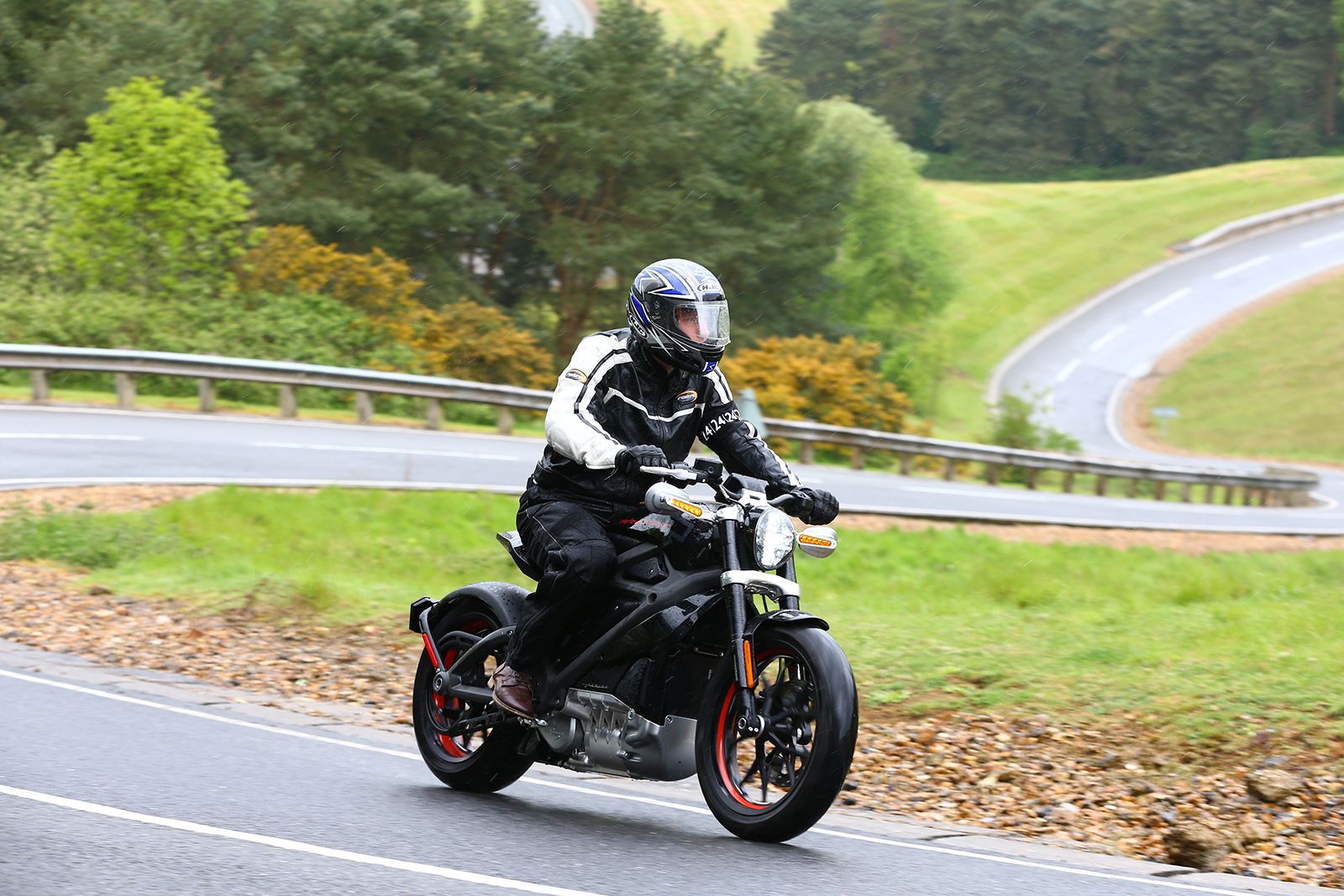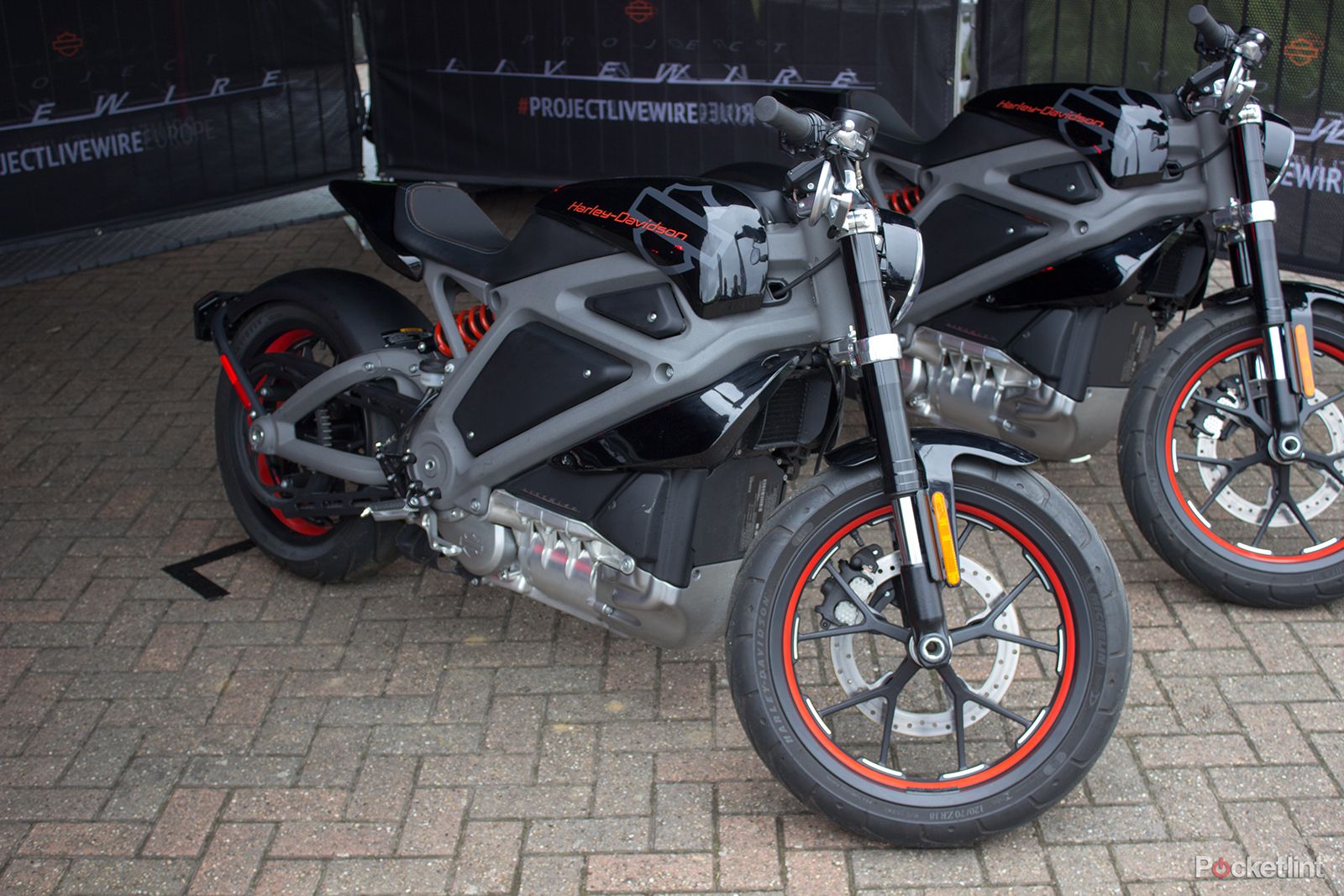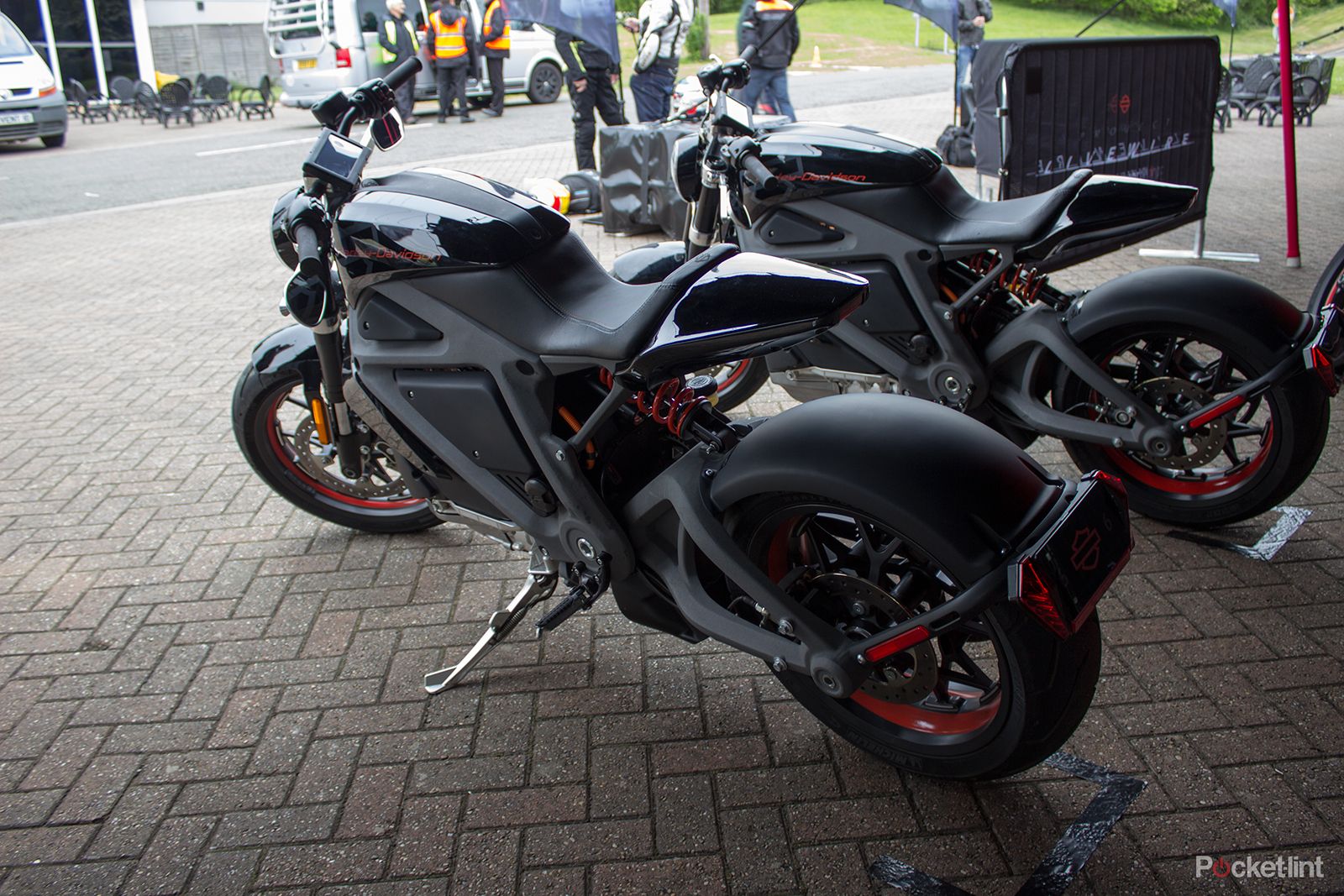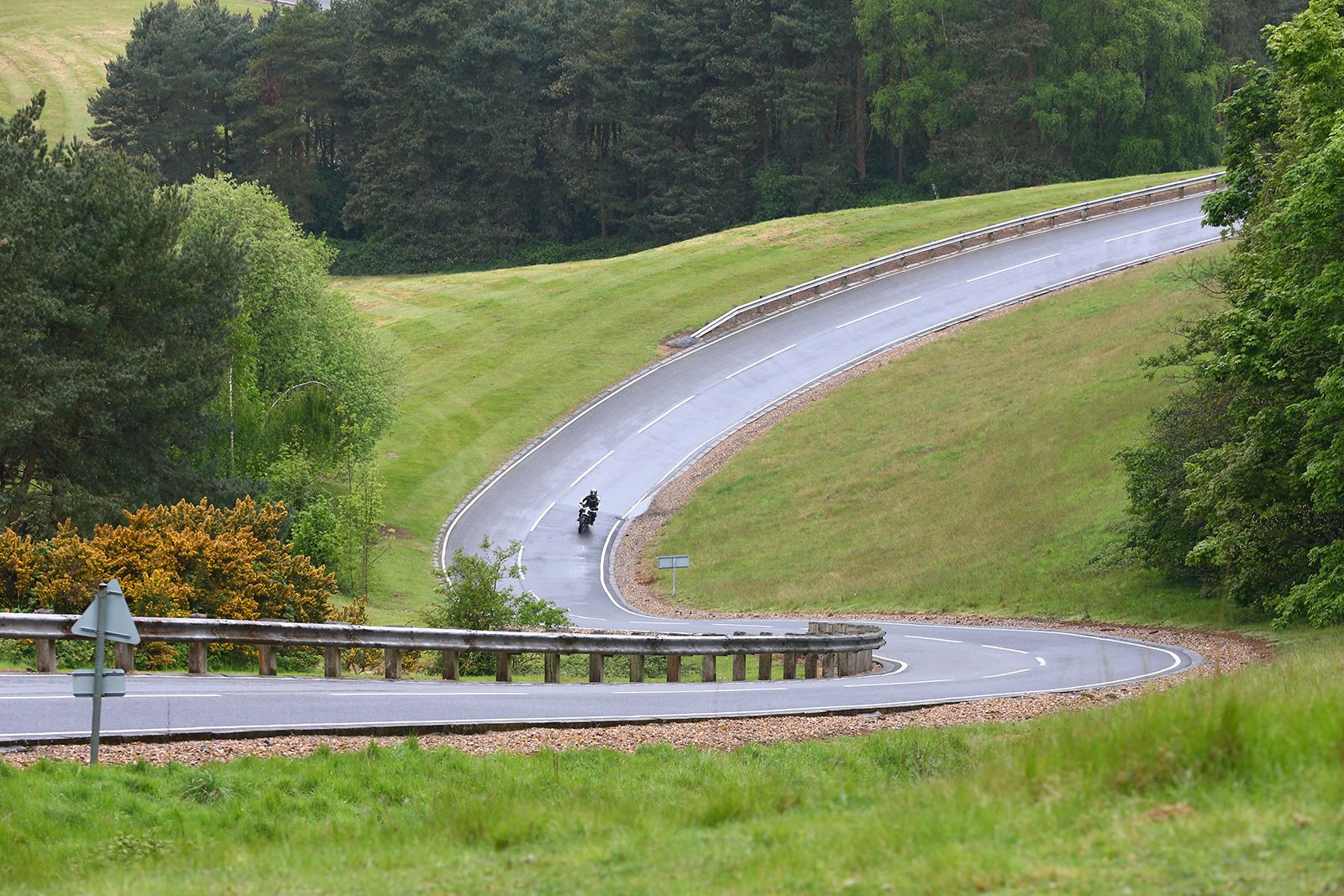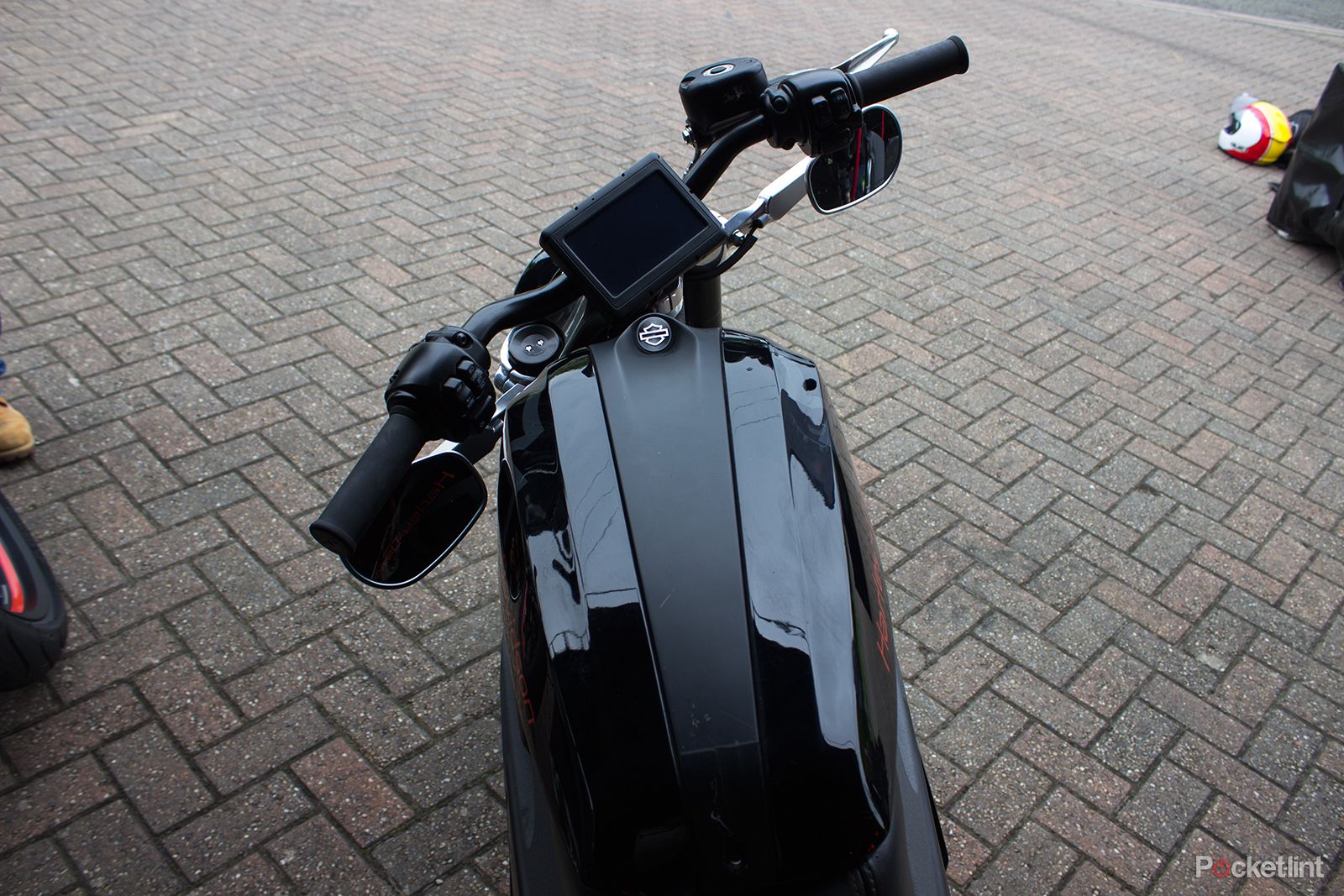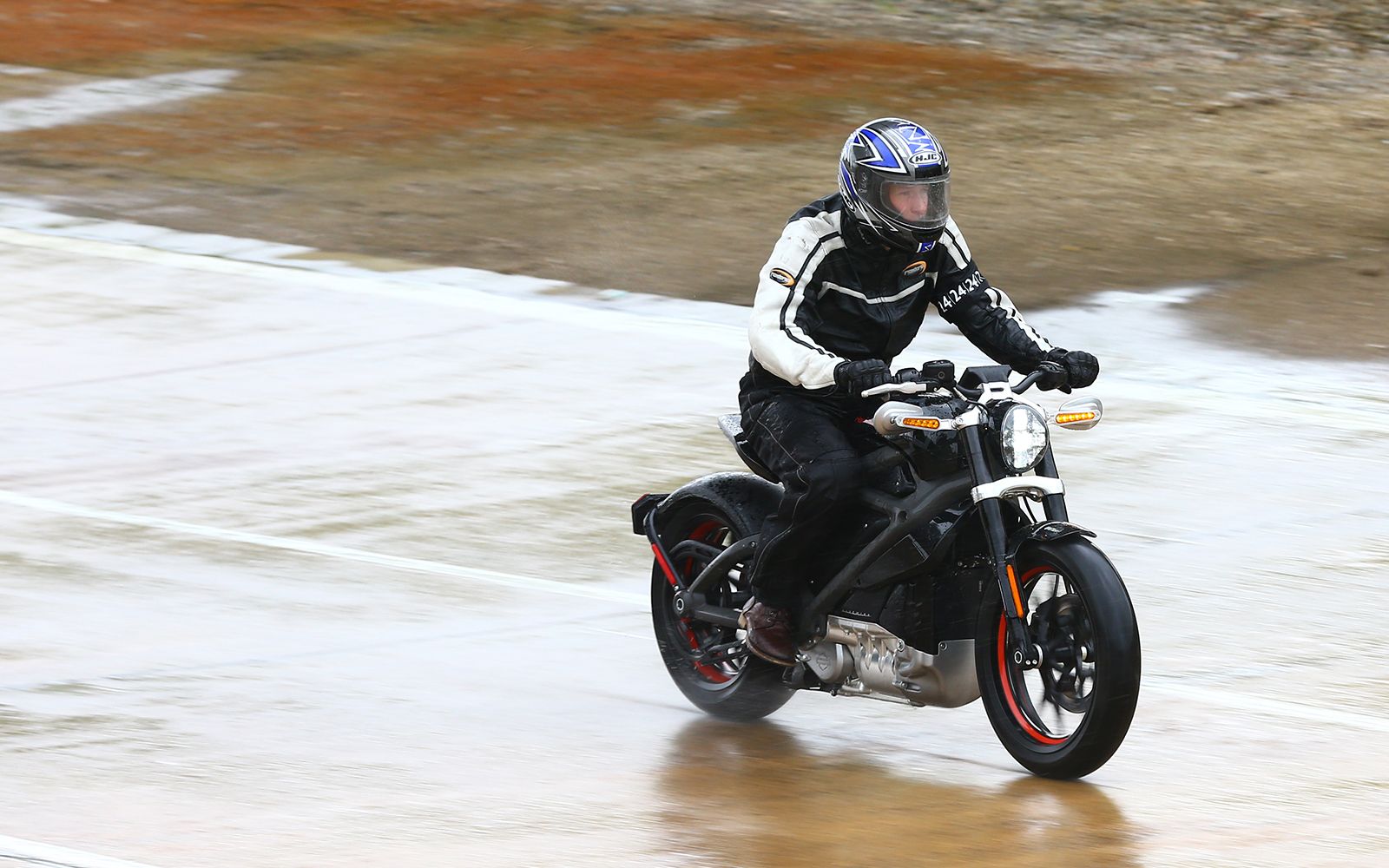We've ridden electric motorcycles before. Instant torque without paying for petrol leaves a feeling of exhilarated joy - but there's always been something missing. Riding the Harley-Davidson LiveWire, its first electric bike, revealed what that was: the sound. And Harley has nailed that.
Project LiveWire is still in the early stages, but as Harley's first electric motorcycle, it is well on track. As Harley synonymous with that rough, burbling, motorbike sound, it's appropriate that HDMC is stepping up to lead the transition from petrol to electric.
Make no mistake: this is the beginning of a new type of bike, but not necessarily the death of the old.
Design evolution
When we think Harley we imagine big exposed motors and proudly placed handlebars. That's the styling the LiveWire was designed to keep, while becoming a more modern electric machine. Despite not needing a big engine, the motor is still exposed at the bottom of the bike, shielded in aluminium.
The frame is also aluminium meaning it weighs in at just 6.3kg. The rest of that centre mass is pretty much batteries for a total weight of 210kg. This is a really light bike and feels it when out on the road at speed. Even wheeling about slowly it's light enough to feel under control even when leaning. In that way it doesn't feel scary but welcoming to new and seasoned riders, young or old.
The mirrors below the handlebars look cool from the front and weren't an issue on our track day. In real world use these are going to be tough to work with covered by the rider's arms, so hopefully Harley will address this design issue for the final model.
Of course you could always just look over your shoulder and keep the bike looking cool. After all what's a motorbike that doesn't rely on the riders to keep themselves safe?
Fighter jet sounds
As much as this is a Harley-Davidson, this is a motorcycle that's stepping into a new world. It's not recreating the old, you don't have the asynchronous popping of engine reproduced virtually. But Harley knows that sound is important and it isn't going to let its bikes slip silently into the future.
The sound of a Harley is the first thing you think of when you hear the name Harley-Davidson. That's why the electric motor has been designed along with a housing to create the best sound. The two pieces create a resonance that results in a noise that we can only compare to a fighter jet taking off, it's really exhilarating stuff.
This is more than just the buzz of tyres on Tarmac and the whirr of well-oiled machine parts: the sound gives LiveWire life that other electric bikes lack.
Power and drive
The instant torque delivery of an electric bike, without gears, make this a ridiculous amount of fun. We were told over and over to be careful with the throttle, and thought little of it. Then we twisted and nearly took off. This bike is not tailored to those who don't like speed, this is a real rider's bike. Pulling a wheelie isn't a challenge, not pulling one is. Getting from 0-60mph takes under 4 vision-warping seconds.
The power delivery is constant, forceful and gives just as much punch from stopped as it does from 60 to 100mph. This reassuring power makes you feel confident you could out manoeuver anything you need to on the road.
What makes this electric bike noticeably different to a petrol machine is the regenerative braking. This kicks in the second you release the power, actively slowing the bike down through the rear brake. We didn't use the rear brake once. In fact we barely used the front, it's that powerful a system.
In the long run this is great for power conservation and even for saving your brakes. In the short term is does take some getting used to when slowly cornering in the rain, effectively meaning you're doing it with the rear brake on.
We were in the wet and wind plus didn't know the bike or track so maybe we were overly cautious - but it does feel odd braking whether you want to or not. Perhaps when you get the balance of slow power delivery to stop regenerative braking - without accelerating - this will be more comfortable.
Handling and comfort
This is very much a street racer bike with a forward riding position. Despite the wind and rain we weren't thrown about on the bike even on open roads. This is probably thanks to a lack of fairing, which wasn't an issue even in the wind.
Also as a tall rider it was nice to sit on a small bike and still feel comfortable. You could easily do the 60-mile range of this bike without getting uncomfortable.
In the model we tested there was no ABS braking but even in the wet stopping fast wasn't an issue, especially with that regenerative braking helping out.
Interface and display
The main interface is a very modern touchscreen display. This full colour offering obviously works when wearing gloves and clearly shows off metrics on the bike.
This is also in the early stages of development so it was basic showing a power meter, battery level and speed. In the future we imagine a lot more data as well as full GPS from that large, clear display.
Range and charging
While the current version of LiveWire can manage 60-miles on a charge and recharges to full in three and a half hours, the final model may be different. The bike can even get to 80 per cent charge in just half an hour, meaning you won't be stuck for too long if you run short of power.
Harley is currently taking the bike on a tour of Europe, after having done the US already. The goal is to get as many people as possible to ride it and feedback their thoughts. That should affect how the final commercial model of the bike develops.
One question in our feedback session was what we wanted more: "to go further on a charge," or "fast charging". We'd ideally want both, but we went with faster charging as then at least you could go further faster, even if it means more stops. Harley is about long, leisurely rides after all.
First impressions
Harley-Davidson is a brand known for loud engines and bold design. Leading the way in electric motorcycles - which it will do with this innovative machine - is exciting.
The LiveWire looks gorgeous, sounds breath-taking and has enough power to keep any piston-head happy. But with limited range and charging wait times, it may still be limited for some. You're not quite going to be riding off into the sunset, yet.
So far Harley has surveyed 7,000 test riders in the US and got 86 per cent positive reactions. Some die-hard petrol-head bikers may never come around to electric. We suspect there will always be a generation of Harley riders who want to stick to big design and sound. The same is true of car drivers too: the purr of a V8 will always be a wonderful thing, no matter how slick your hypercar is.
But if Harley-Davidson wants to offer something for a new generation, a cleaning, greener, bike, it's going in the right direction with LiveWire. It rides well, it looks good and it sounds great: here's hoping it gets upgraded from prototype for release soon.
READ: Tesla Model S P85D first drive: Luxury meets insane acceleration and handling

